Let’s go through the basics of AEM.
AEM (Adobe Experience Manager) is a CMS that provides digital asset and content management solutions. It is used to create and deploy websites. AEM structure includes instances that vary from environment to environment like Author Instance, Publish Instance, Dispatcher, and Load Balancer. To build any AEM application, it is essential to have at least one Author and one Publish Instance, each with its specifications.
Any created content or page in AEM gets reviewed and confirmed in three stages i.e., Development, Stage, and Production environment.
- In the development environment, authors develop, create, conduct basic testing, integrate, and test content locally in the Author instance before moving it to the Stage/QA Environment for further testing.
- The next phase in AEM is the Stage/QA environment, where authoring and all testing occur. Here, we confirm that the page or content works as expected and ensure that the content is free from any risk in the Stage Author and Stage Publish Instance. Then, we make the content ready to go live in the Production environment.
- We publish the content to the production site in the Production Environment, which we author and review in the earlier phases. We can manage the Production stage content using Production Author, Production Publish instance, Dispatcher, and Load balancer.
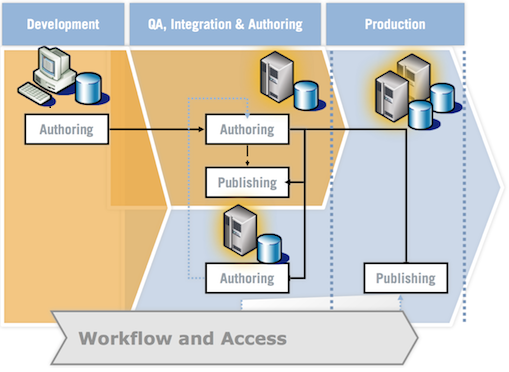
In this blog, we’ll explore these AEM instances more thoroughly, looking at how they work and what makes them different.
Author Instance
Author Instance/ Environment is mainly used for authoring the AEM content or components using robust authoring functionalities and tools. Within the Author environment, users have the ability to create, edit, and review their content before publishing it as well as administer their website. In the Author environment, we can amend the content and organize it, we can create and review the pages, assets, sites, experience fragments, and forms, upload the DAM assets, configure, and style the components, and perform any other action that will not be visible to the end user of the website. Using the authoring functionalities in Author Instance we can design and give the look and feel to the website which will be available to users in Publish Instance.
Additionally, the Author instance offers various useful features when creating content.
- Generate content.
- Configure the content.
- Drag and drop or use predefined components to the pages.
- Preview content changes.
- Managing publication.
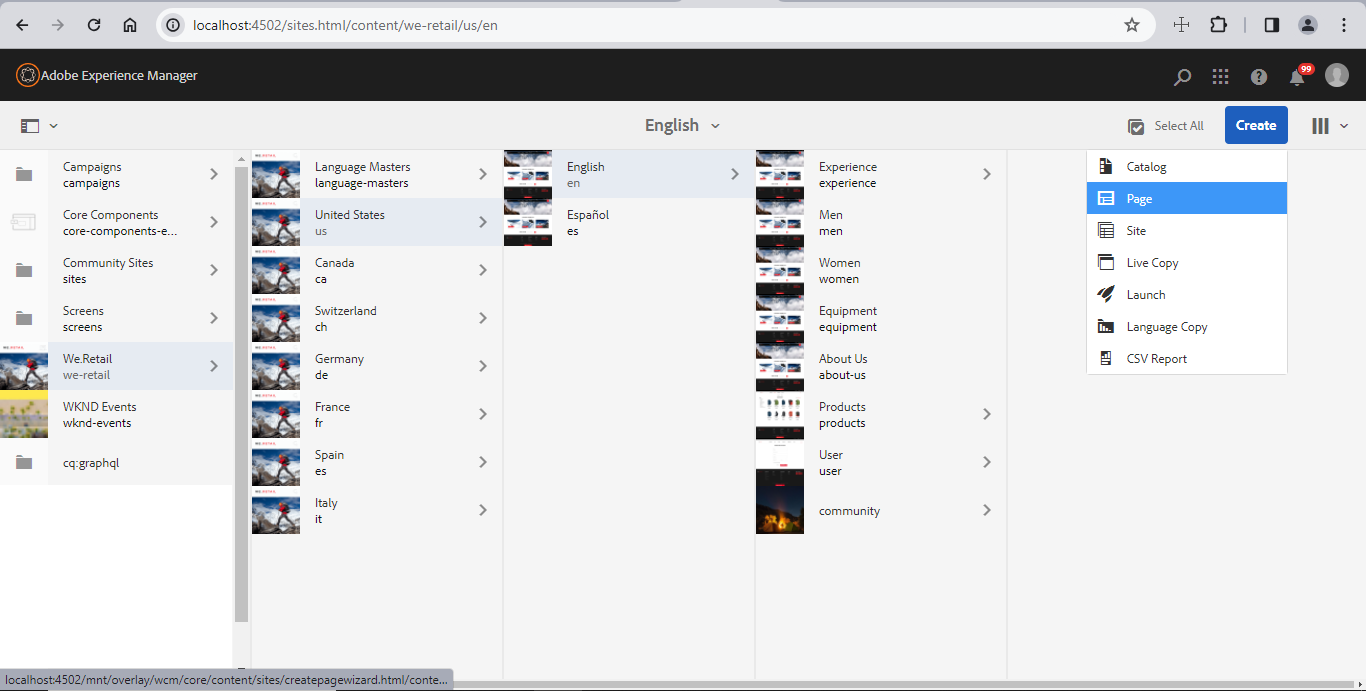
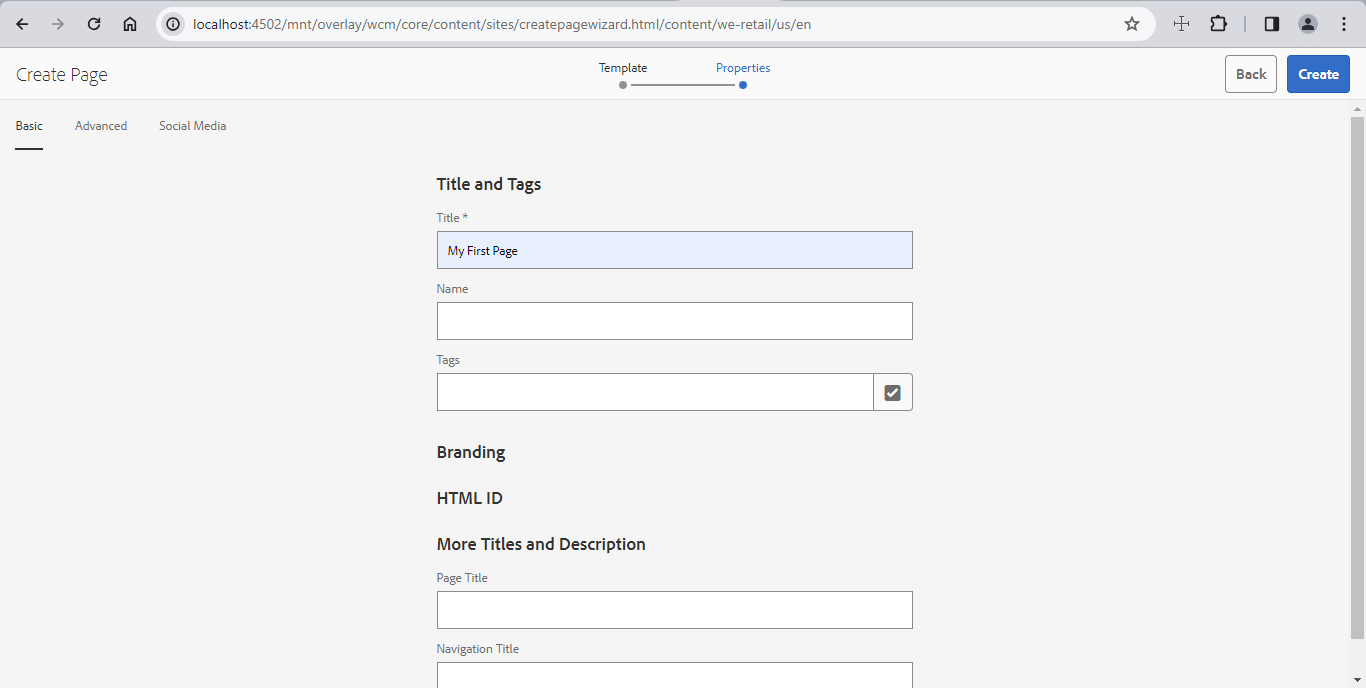
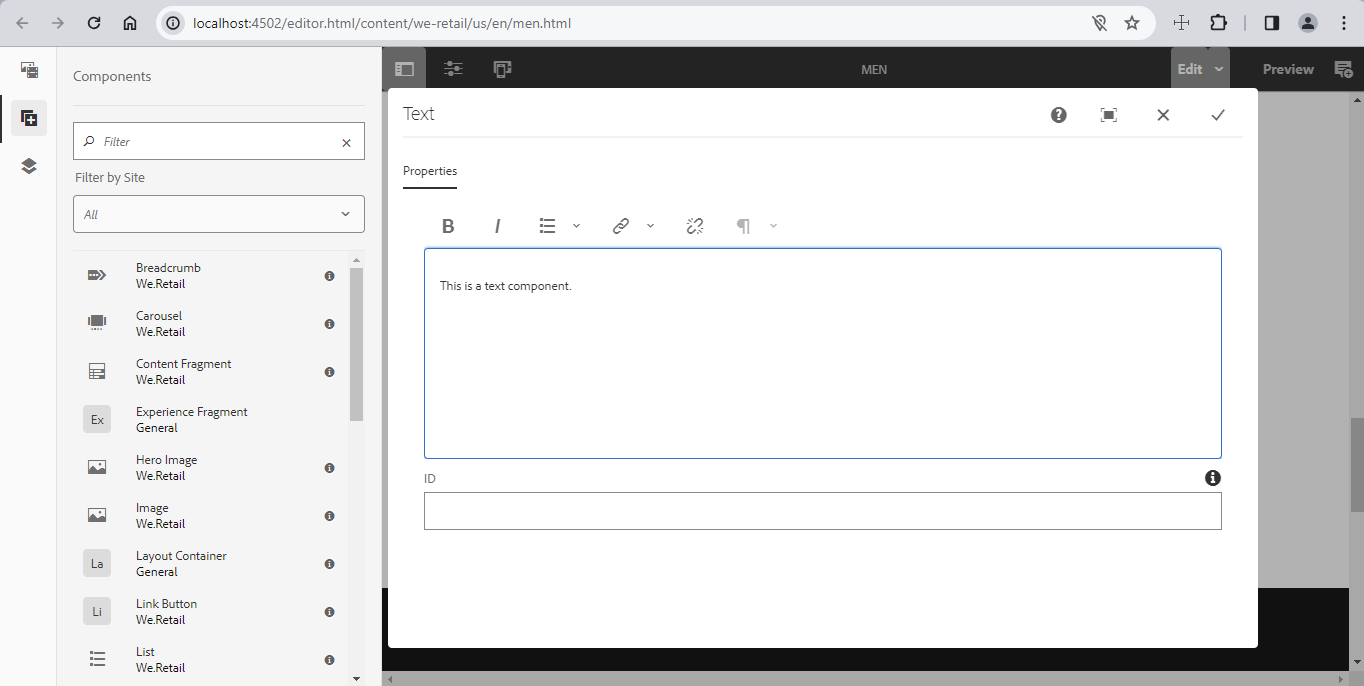
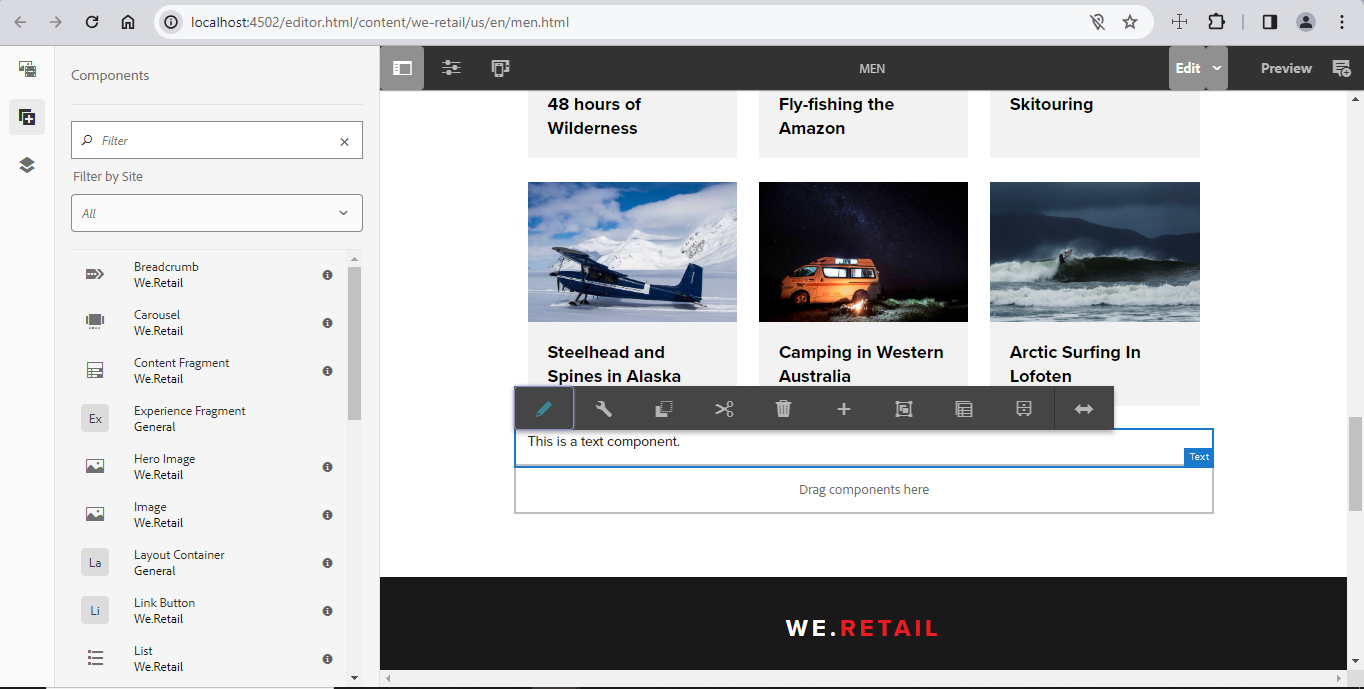
Publish Instance
The AEM Publish Instance function delivers content to end-users. It serves as the production environment and makes finalized and approved content available to the public. The Publish instance mainly focuses on interpreting created web pages using data pushed from the Author instance. The Publish instance is like the author instance except it does not have any authoring capabilities. You can handle heavy traffic and serve many users by deploying multiple AEM Publish Instances behind a load balancer. By doing this you can distribute multiple incoming requests evenly and ensure optimal performance and availability.
Publish Instance offers helpful features for maintaining digital content.
- Activating and rolling out content changes from the authoring environment to the production environment.
- Provide built-in analytics and monitoring capabilities to track user interactions, monitor system performance, and gain insights into content effectiveness.
- Publish Instances work in a distributed setup where they receive and publish content created and controlled by an AEM Author Instance.
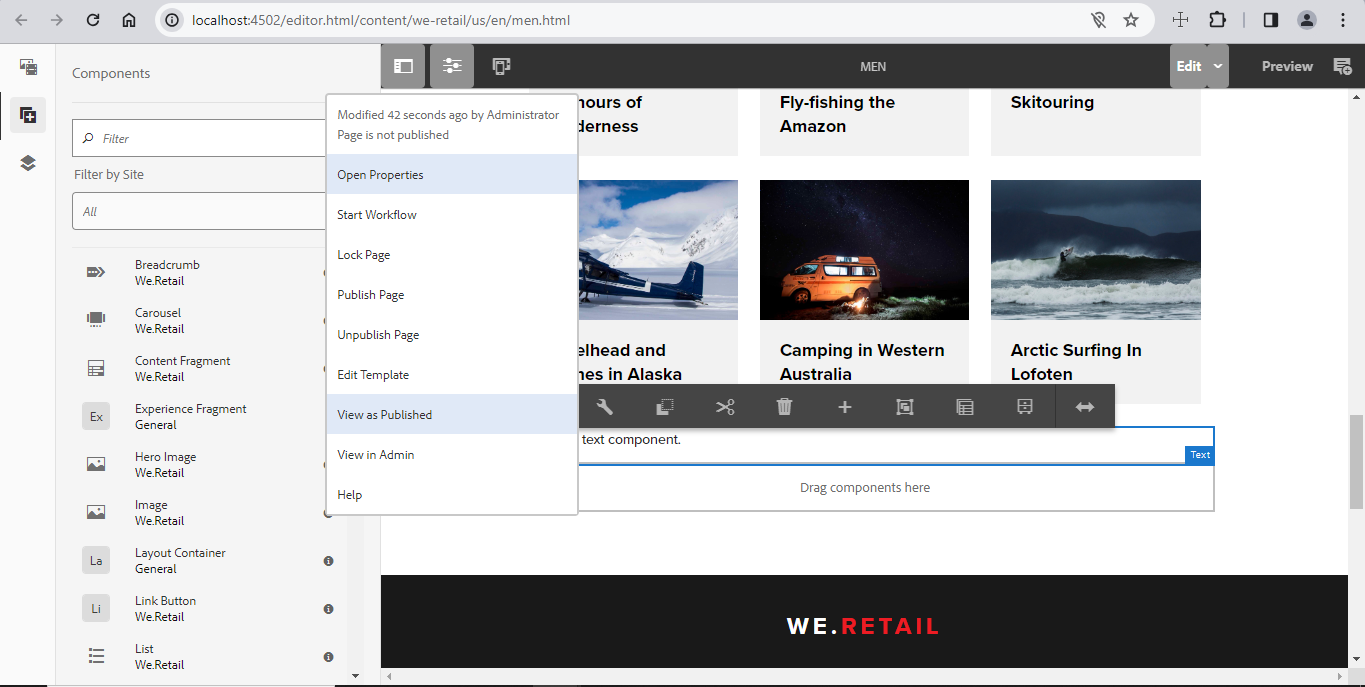
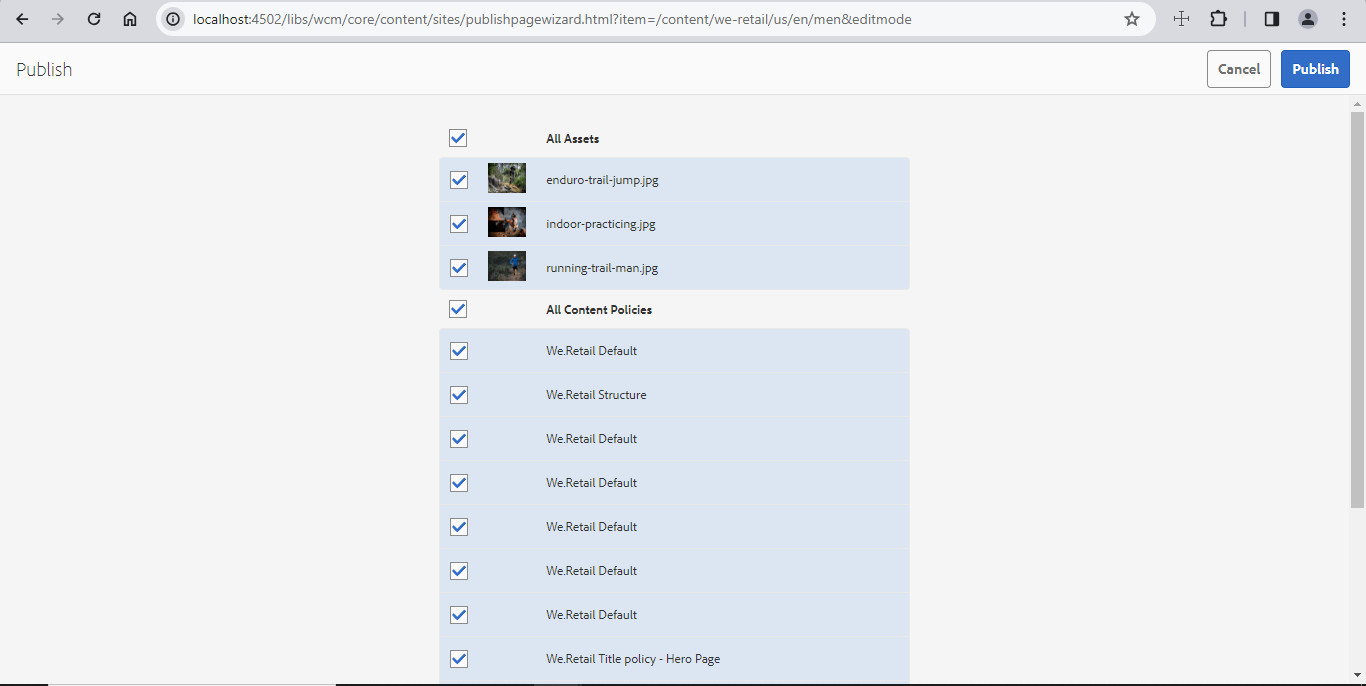
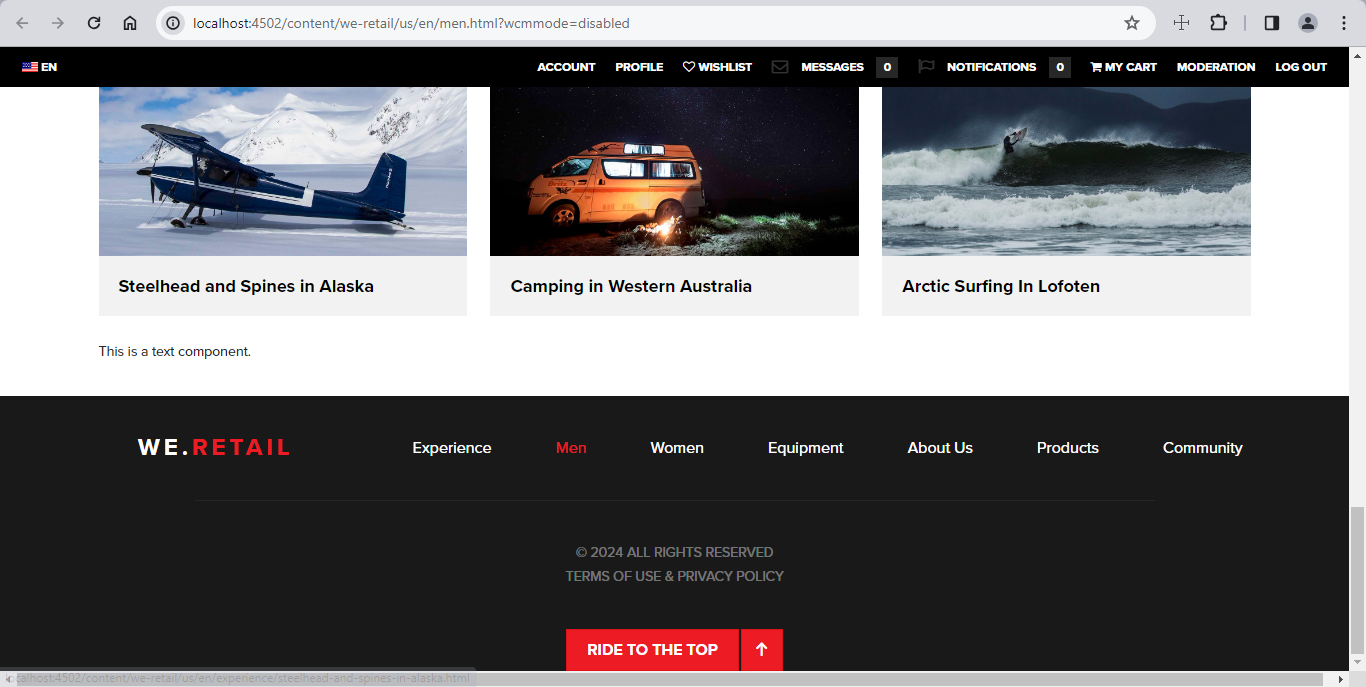
Part 2: A Comprehensive Guide to AEM Instances: Types, Uses, and Management

